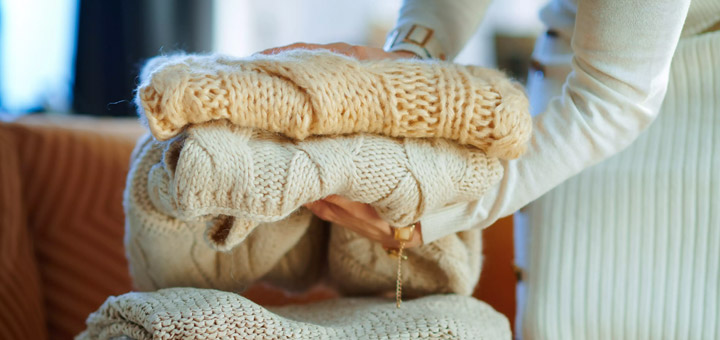Alpacas today are very popular and well-known animals. Not only are they present throughout the world and can be seen in many different places, but the wool that comes from their fleece is also what has made quite an impact on modern-day fashion. These cute animals are just one of the contributors to sustainable and ethical fashion, and as such, they preserve and care for the environment more powerfully than we know. That’s why we can now find alpaca wool scarves, throws, blankets, etc.
The majority of people have heard of the alpacas, but another similar animal that the alpaca is commonly mistaken for is the llama. Most basically explained, the alpaca and the llama are cousins. They look similar, but what is greatly different about them is the wool they provide.
Llama is an animal that is native to South America. The first time that the llama was mentioned was about 5000 years ago by the local people. Back then, it was recognized as a pack animal. Llamas can grow up to 4 feet (1.25 meters) at the shoulder or 6 feet (1.83 meters) at the top of the head. One adult llama can weigh anywhere between 300 and 450 pounds (135 to 205 kilograms).
The llama also produces wool that is used for the production of different garments. Since the Inca times, llama wool has been present in fashion and the textile industry. The popularity of their wool was seen through the llama’s endurance. They need only a little water, can climb high mountains, and back in the time, they were used as transportation.
The alpaca is similar to the llama. It is smaller than the llama and it descends from vicunas which have incredible wool and small dimensions. Alpaca is known and present in the Peruvian Andes mountains, Ecuador and Northern Chile. Alpacas are smaller than llamas at weights between 120 and 150 pounds. With the difference in the look of the animal itself comes the difference in the fleece and the wool.
When it comes to the differences in the wool, both fibers have similar features. Starting from the point that they share the habitat, both wools are perfect for wearing in cold, windy, and rainy weather. Both fibers can absorb a lot of water, which protects them from extreme weather conditions.
These are the 4 main differences in the types of wool between alpaca and llama:
The wool of alpacas can vary in color. It ranges from white to lighter tones of yellow and brown. That is why the alpaca wool is greatly sustainable since it comes in almost 22 different natural colors and does not require artificial coloring. The llamas on the other hand, have unique spotting and multi-colored fur that ranges in shades from white, brown, black, and red.
You can also read: Is alpaca wool hypoallergenic?

When it comes to textiles and the final garments, the alpaca wool delivers a lot finer fiber than the llama. It is softer to the touch and feels luxurious. In general, the alpaca woolen garments are much softer and more durable than the llamas woolen garments. Instead of being used in the fashion industry, llama wool is predominantly used for making rugs, ropes, and other items.
Llama’s fiber is coarser than the alpacas, which makes the fiber slightly warmer than the alpaca. This is due to the size of the fibers, which are bigger and more hollow. The hollow core provides air pockets, which help to warm up when the outside is cold.

Another big and important difference between the alpaca and the llama wool is the hypoallergenic properties. Alpaca wool does not contain lanolin, which makes it hypoallergenic. It is great for people with sensitive skin, which cannot be said about the llama wool products and garments. It is scratchy wool and can cause itching.
These are the top 4 differences between the alpaca and the llama wool. The general perception is that alpaca wool is better than llama wool, and that is why the price is higher. We hope this information has been helpful to you! Are you willing to enjoy the softness and the comfort of the alpaca wool?
In Silkeborg Uldspinderi we are here to help you. You will have at your disposal many high-quality products. If you want to buy any alpaca scarves, shawls, cushions, or throws, please don’t hesitate to contact us through our contact page.
